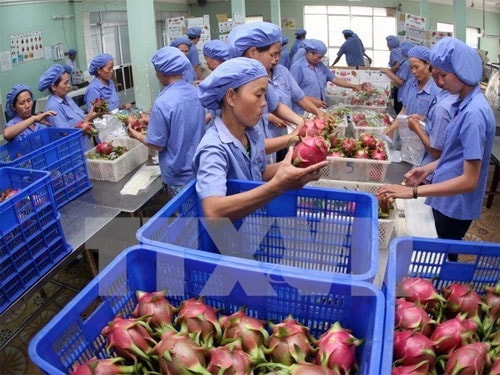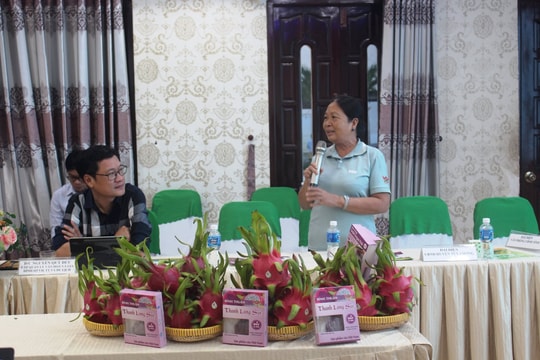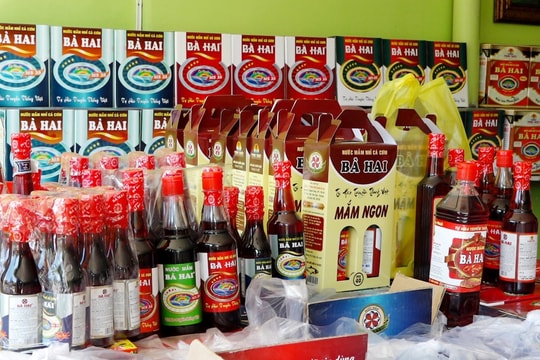 |
Localities will continues shifting their plant structure to grow more profitable
crops adaptive to climate change such as corns, vegetables and fruits and
developing aquaculture, especially in the northern, south central, and Central
Highlands regions.
The Mekong Delta, in particular, will boost the application of high technology
to create new varieties of fruits, vegetables and flowers as well as develop
processing and post-harvest preservation technologies.
This year, the country aims to increase the fruit plant area to about 930,000
hectares and create high added value products. Each locality will develop
large-scale fruit areas ensuring good agricultural practices (GAP) and food
safety in addition to high-technology vegetable and flower production, focusing
on major cities.
The agricultural industry will improve rice quality and reduce its production
cost via intensive cultivation.
Industrial crop growing areas such as coffee, rubber, tea and cashew nut will be
gradually reduced to 645,000 hectares, 950,000 hectares, 132,000 hectare and
300,000 hectares, respectively.
Vietnam earned a record of some 3.45 billion USD from fruit and vegetable
exports in 2017, rising by 40.5 percent from last year.
China, Japan, the US and the Republic of Korea were among the biggest importers
of Vietnamese fruits and vegetables.
Source: VNA




















.jpg)




.jpeg)

.jpeg)


.jpeg)


